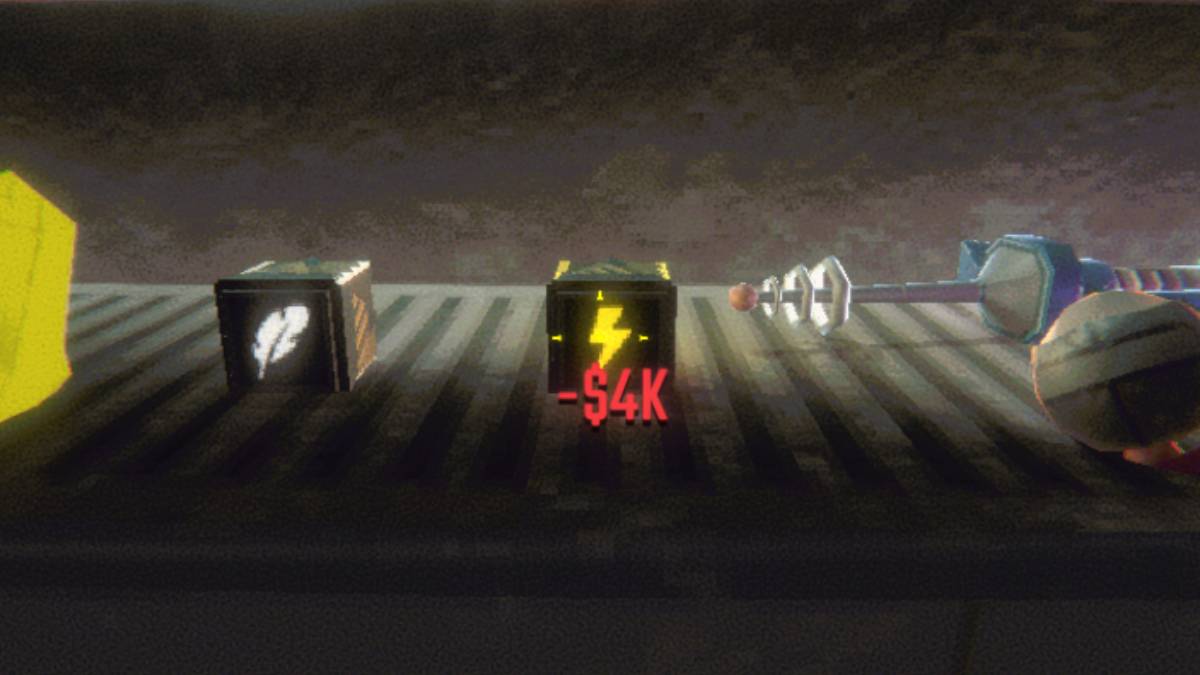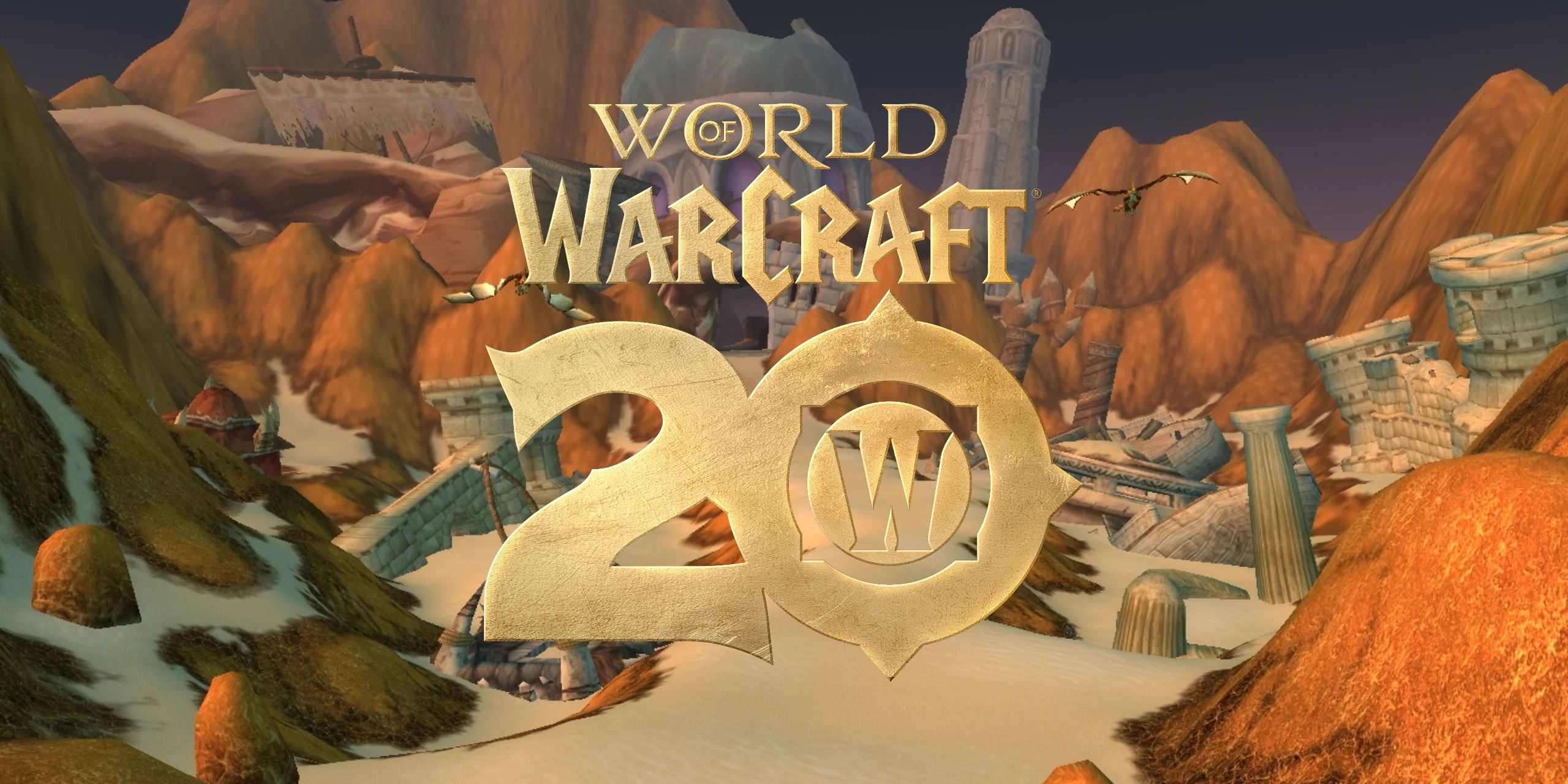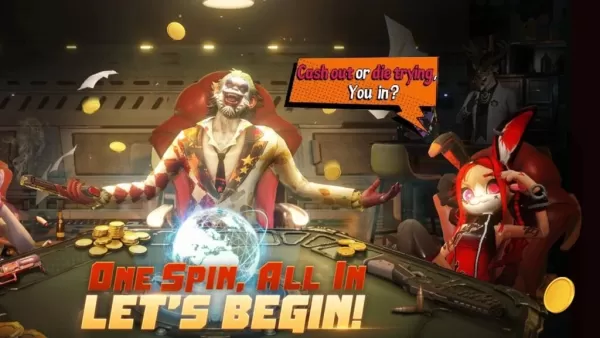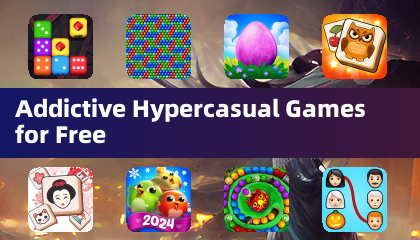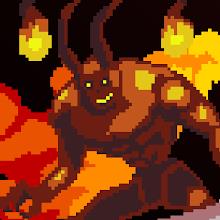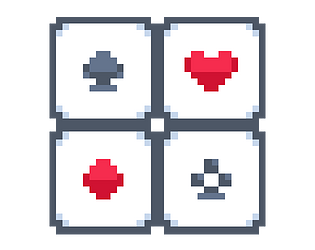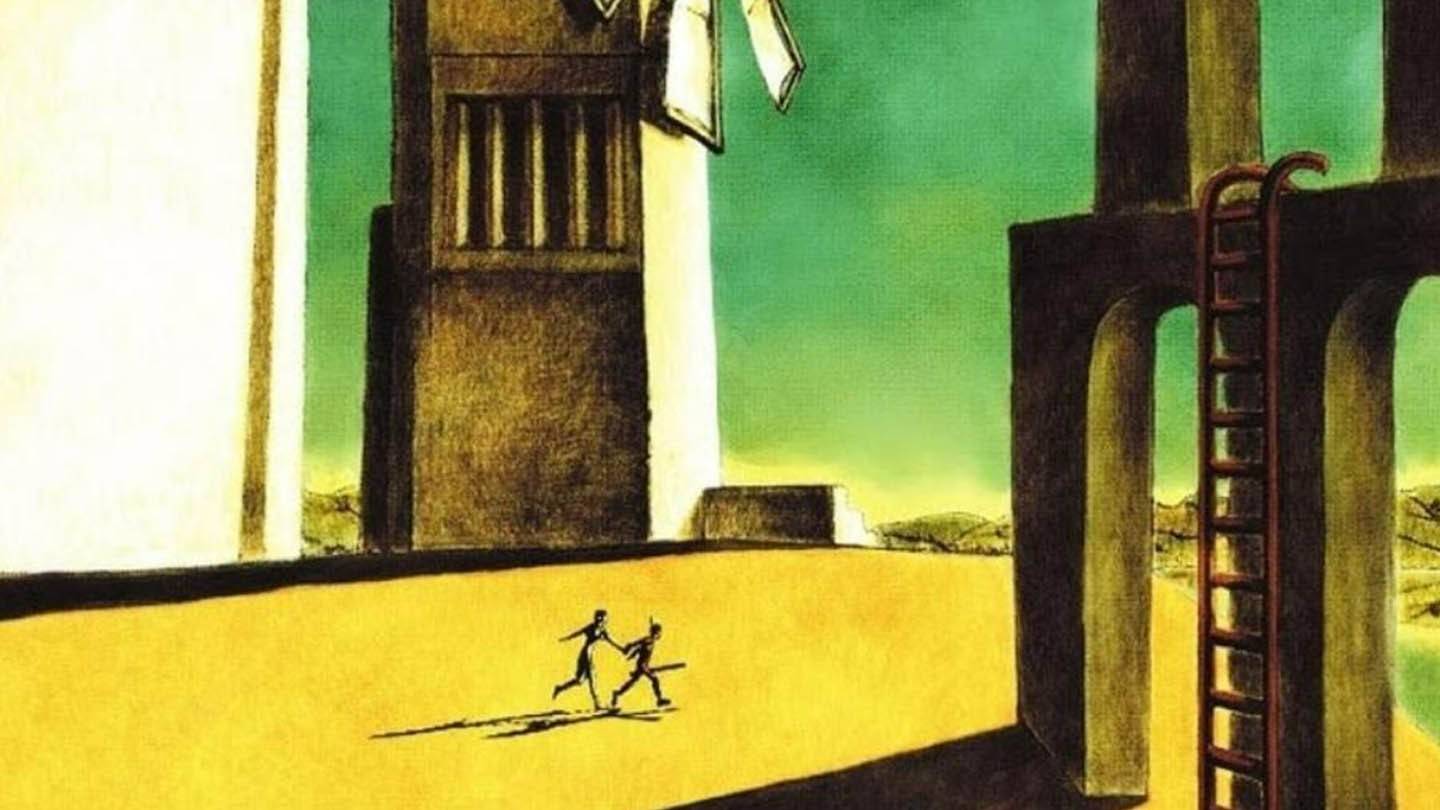
Yoko Taro, the visionary behind the acclaimed titles NieR: Automata and Drakengard, has openly discussed the profound impact of ICO on the evolution of video games as a medium for artistic expression. Released in 2001 for the PlayStation 2, ICO swiftly rose to cult classic status, largely due to its minimalist design and narrative conveyed without words.
Taro pointed out the game's innovative core mechanic, where players guide the character Yorda by holding her hand, as a radical departure from the gameplay norms of the era. "If ICO had tasked you with carrying a suitcase the size of a girl instead, it would have been an incredibly frustrating experience," Taro noted. He stressed that the requirement for players to lead another character was revolutionary, challenging the traditional concepts of interactivity in gaming.
During that period, game design success was often gauged by whether the experience remained engaging even when all on-screen elements were simplified to basic cubes. ICO, however, broke away from this trend by focusing on emotional resonance and thematic depth rather than solely on mechanical innovation. Taro believes the game demonstrated that art and narrative could move beyond being mere backdrops to gameplay, becoming essential elements of the player's experience.
Labeling ICO as "epoch-making," Taro credits it with significantly altering the course of game development. He lauded the game for showing that video games could convey deep meaning through nuanced interactions and atmospheric design.
In addition to ICO, Taro highlighted two other games that profoundly influenced both him and the broader industry: Undertale by Toby Fox and LIMBO by Playdead. He posits that these games expanded the possibilities of what could be communicated through interactive media, proving that video games can offer rich emotional and intellectual experiences.
For enthusiasts of Yoko Taro's work, his appreciation for these games sheds light on the creative influences driving his own projects. It also highlights the continuous evolution of video games as a dynamic and expressive art form.


 LATEST ARTICLES
LATEST ARTICLES 